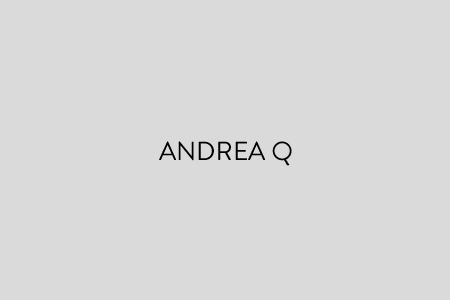SOFIE LACHAERT AND LUC DÕHANIS / SAUSAGES CEMENT TILES, SILVER BUCKET, PRECIOUS STOOL
Tout a une fin sauf la saucisse qui en a deux.
“Tutto ha una fine, eccetto la salsiccia, che ne ha due”.
Questo aforisma si riferisce alla scomparsa dell’artigianato e dell’industria, in questo caso riferito alla nascita e al tramonto della produzione di piastrelle idrauliche nei Paesi Bassi dal XIX secolo alla metà del XX secolo. Sebbene le piastrelle idrauliche fossero di per sé più economiche rispetto alla pietra naturale e al legno, nonché più facili da rendere uniformi, furono infine considerate troppo laboriose e costose da produrre rispetto ad altre tecniche. La salsiccia utilizzata come motivo può essere interpretata come un pattern astratto ripetuto o come una reale rappresentazione del cibo (e anche, in generale, del sostentamento economico) sulla superficie della piastrella stessa.
“Everything has an end except the sausage, which has two.”
This aphorism refers to the demise of craft and industry, here specifically denoting the rise and fall of cement tile production in the Low Countries from the 19th to the mid-20th century. Though cement tiles were themselves cheaper than natural stone and wood, as well as easy to make uniform, they eventually became seen as labour-intensive and expensive compared to other production techniques. The sausage is used as a motif that can be read either as an abstract repeating pattern or as a literal representation of food (and even general economic sustenance) on the surface of the tile itself.
Special thanks to DE TEGEL BV - www.tegelbv.com





















